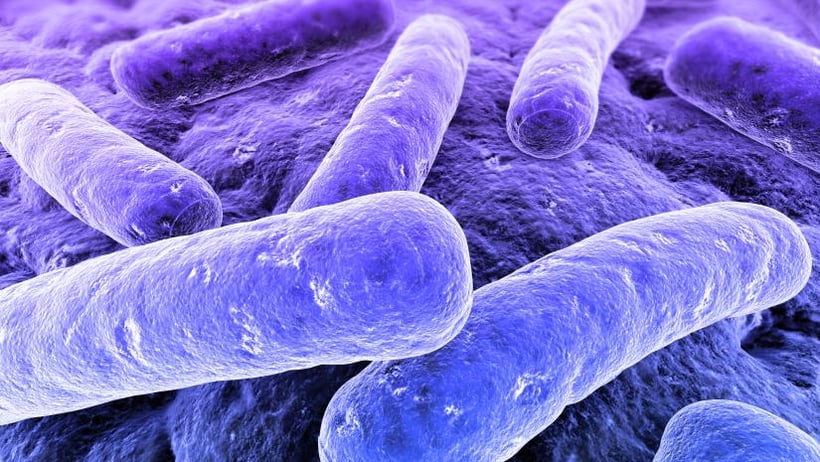
Bacterial toxins, which are produced by certain bacteria, are extremely powerful human poisons. Bacterial toxins damage tissues and disable the immune system, causing acute symptoms of food poisoning (e.g. vomiting, nausea, diarrhea, lightheadedness).
When bacterial toxins reach organs, such as the kidney or the liver, the central nervous system or the peripheral nervous system, they can cause serious damage or even death.
It’s important that food workers in all sectors of the Canadian food industry (e.g. hospitality, food retail, transport and distribution, health and community, food processing) are aware of bacterial toxins and the risk they pose to consumers.
All Food Handlers must be properly trained in food safety and safe food handling techniques to prevent food from becoming contaminated with harmful microorganisms like bacteria or their toxins.
Understanding bacterial toxins in food
Bacterial toxins are broadly classified as either exotoxins or endotoxins.
Exotoxins are generated and actively secreted, while endotoxins remain part of the bacteria. Usually, an endotoxin is part of the bacterial outer membrane, and it is not released until the bacterium is killed by the immune system, which can cause severe inflammation and can even lead to sepsis.
Exotoxins are highly potent and can cause major damage to the host by destroying cells or disrupting normal cellular metabolism. Exotoxins may be secreted, or, like endotoxins, may be released when the bacterium cell is broken down in the body.
The most common toxin-producing bacteria in Canada are Staphylococcus aureus, Bacillus cereus, E. coli O157:H7, Clostridium botulinum, Clostridium perfringens and Clostridium difficile.
These toxin-producing bacteria are more likely to cause severe symptoms of food poisoning, long-term health complications and death.
Preventing food poisoning from bacterial toxins
Many bacterial toxins, including those produced by Staphylococcus aureus, are heat-stable or heat-resistant — which means they are not destroyed by the cooking process.
If food contaminated with toxin-producing bacteria is cooked, the bacteria is killed but the food remains contaminated with toxins that can cause food poisoning or more serious conditions, such as pneumonia, urinary tract infection or kidney failure.
This means the only way to protect against food poisoning from bacterial toxins is to control the conditions in which high-risk foods like meat, poultry, seafood and dairy are handled.
Like all bacteria, toxin-producing bacteria need certain things to live, such as nutrients and moisture. High-risk foods possess these in spades, which makes them targets for bacteria and other harmful microorganisms.
It’s difficult to control these risk factors in a food business without dramatically altering the form and characteristics of the food (e.g. drying, salting, preserving); however, Food Handlers can control the environmental factors that bacteria need to grow and multiply — time and temperature.
Bacteria thrive in the Temperature Danger Zone (4°C – 60°C)*, doubling in number roughly every 20 minutes. Given enough time, toxin-producing bacteria can irreversibly contaminate food.
Time and temperature control is one of the most important elements of safe food handling, and a top priority when it comes to quality food safety training and Food Handler Certification.
Food safety training is the easiest way for any food business or food-related organization to protect customers from health risks like food poisoning and food allergies.
Contact the Canadian Institute of Food Safety (CIFS) to learn about food safety training options in your region.
*In the province of Manitoba, the Temperature Danger Zone is considered to be between 5°C and 60°C. Everywhere else in Canada, it is between 4°C and 60°C.





